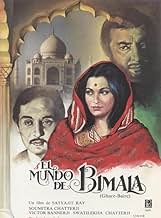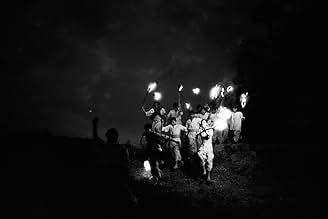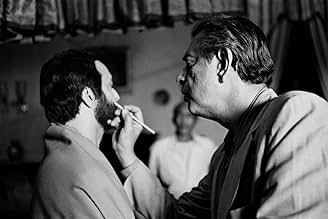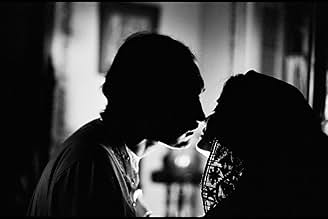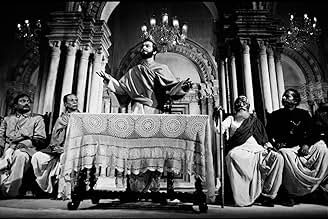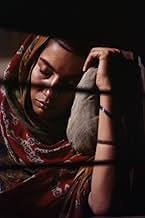"Dear me, I had no conception that the lower classes had such white skins." - Lord Curzon
Set in the early 1900s, Satyajit Ray's "The Home and the World" features the recollections of Bimala Cloudhury (Swatilekha Chatterjee), the wife of Nikhilesh (Victor Banerjee), a wealthy Bengal merchant. As her spouse encourages her to adopt Western attitudes, Bimala begins to drift away from traditional social and religious values.
By "Home's" second act, it becomes clear that Nikhilesh idolises India's British rulers, who, under the leadership of Lord Curzon, have begun partitioning the Muslim and Hindu populations of Bengal. Ironically, Nikhilesh's desires for Bimala to be "reeducated" have the opposite effect; she's drawn toward a leader of the Swadeshi, a nationalist movement. Indeed, Bimala becomes the movement's first female member.
"Home" thus sketches an India in which forces have begun pulling in opposing directions. Throughout the film, traditional values vie with liberated modernism. This "modernism", ironically, is introduced via the "primitive" hand of British Imperialism, which is itself opposed by an Indian Nationalism whose progressivism not only masks reactionary elements, but points to the eventual disharmony between Hindus and Muslims.
Slow, subtle, and set almost entirely indoors, "The Home and the World" heavily resembles the works of Luchuno Visconti. Like Visconti at his best, Ray's film portrays a society on the cusp of transformation. Bimala's plight, torn between two men, itself echoes the upheaval's of her nation.
8/10 – See "North West Frontier".

